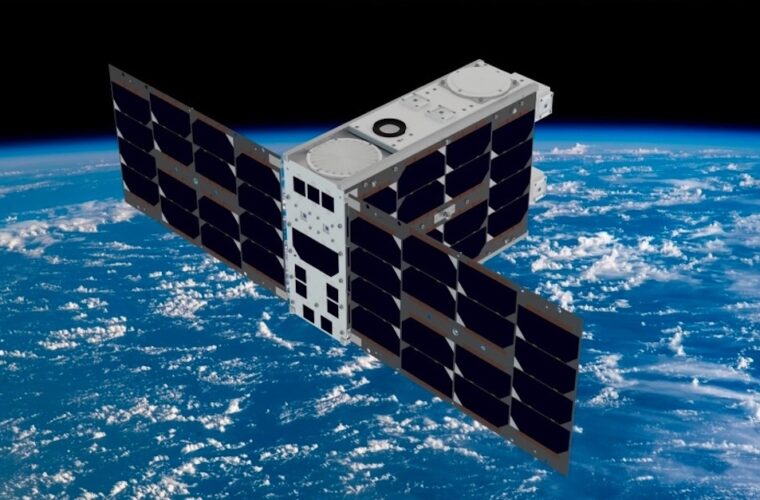Numerous comets have been visible in the sky in recent years. Still, one comet currently racing towards Earth could put them to shame: comet C/2023 A3 (Tsuchinshan-ATLAS) is named after its discoverers, the Purple Mountain observatory in China (Tsuchinshan) and the ATLAS telescope in South Africa. Its discovery took place on 9 January 2023, and since then, the expectations of the scientific community have been high.
It is currently making its long journey from the furthest parts of the solar system towards the Sun. When it was discovered, it was still well beyond the orbit of Jupiter, about a billion kilometres from the Sun. It has now positioned itself between the orbits of Mars and Jupiter and will reach the point of its orbit closest to the Sun, perihelion, on 28 September. At that point, it will be only 58 million kilometres from the Sun, a distance comparable to the closest planet to the Sun, Mercury, and our host star.
About two weeks later, on 13 October, it will reach its closest point to Earth, perigee, and will be only 70.5 million kilometres from Earth. Comets are often called ‘dirty snowballs’ because they consist of dust and rock held together by ice. As a comet approaches the Sun, it becomes warmer and the ice immediately begins to evaporate chunks of rock, dust and gas are released, forming the typical comet tail.
Will Comet C/2023 A3 (Tsuchinshan-ATLAS) be visible to the naked eye?
Experts predict that comet C/2023 A3 (Tsuchinshan-ATLAS) could reach second- or even first-magnitude brightness and be visible to the naked eye. For comparison, the pole star shines with a brightness of magnitude 2, while Spica, the main star in the constellation Virgo, reaches a brightness of magnitude 1 (the lower the value, the brighter the object). A ‘forward scattering’ phenomenon could make it appear even more colourful. This phenomenon occurs when it is almost exactly between the Sun and Earth around 8 October. If the comet is dusty, its dust particles can scatter the sunlight forward and increase the brightness. Experts say the ‘forward scattering’ could make the comet even brighter than magnitude 1.

However, there are also factors that belie the visibility of comet C/2023 A3 (Tsuchinshan-ATLAS) with the naked eye. It comes directly from the Oort cloud at the solar system’s edge and is approaching the Sun for the first time. This means that very volatile materials on the comet’s surface will likely evaporate far from the Sun. This can lead to short-term increases in brightness, but as the it approaches the Sun, the increase in brightness usually slows down or stops completely. It is entirely possible that comet C/2023 A3 (Tsuchinshan-ATLAS) also behaves this way, but it is not mandatory. In general, the evolution of comets is very difficult to predict. Amateur astronomer and science writer David Levy explains it best when he says: ‘Comets are like cats: they have tails and do what they want’.
A unique split
Comet 62P/Tsuchinshan is a periodic comet belonging to the Jovian comet family. These are celestial bodies with a period between just under five years and over 20 years. As can be deduced from the name of this large group of comets, the duration of their periods of revolution is greatly influenced by the gravitational influence of Jupiter. The orbit of comet 62P/Tsuchinshan has the peculiarity of having close encounters with various planets of the Solar System. This characteristic has led and will lead to a change in its current orbit, even considerably.
Ever since its discovery on 1 January 1965 at the Zijinshan Astronomical Observatory in Nanjing, China, it has been speculated that this comet originated by splitting a pre-existing comet into two components. 60P/Tsuchinshan, discovered just a week later by the same observatory, would be the other fragment of the original comet. Such a split usually occurs due to tidal forces generated during an extremely close passage between the original comet and the planet Jupiter.



